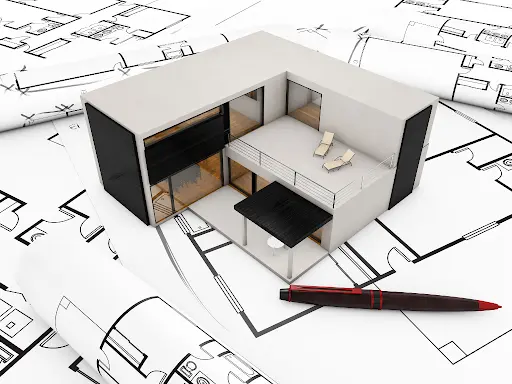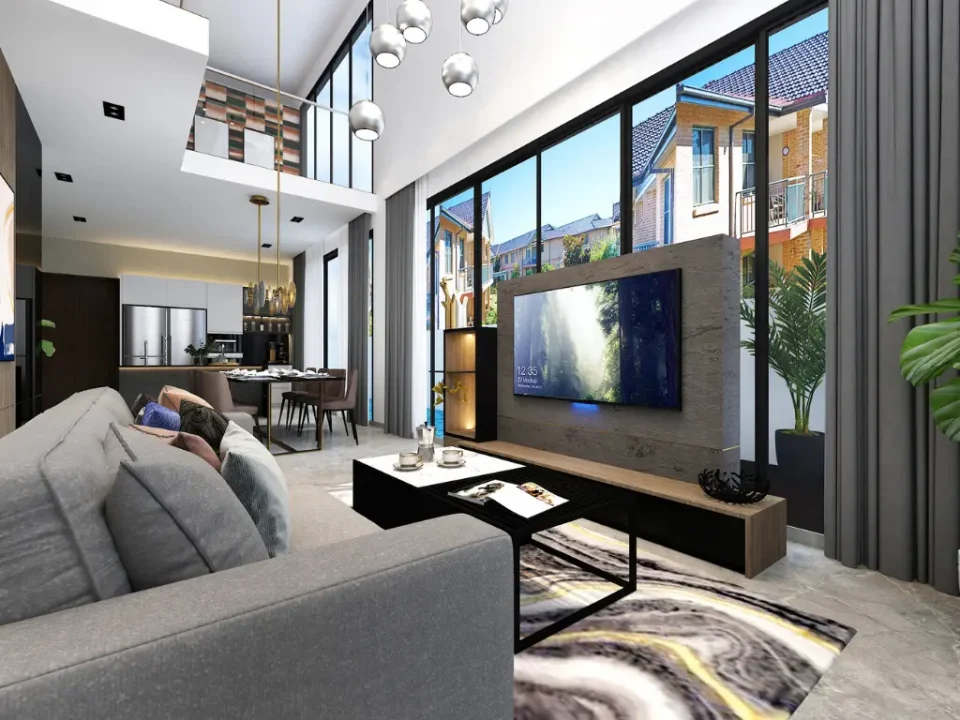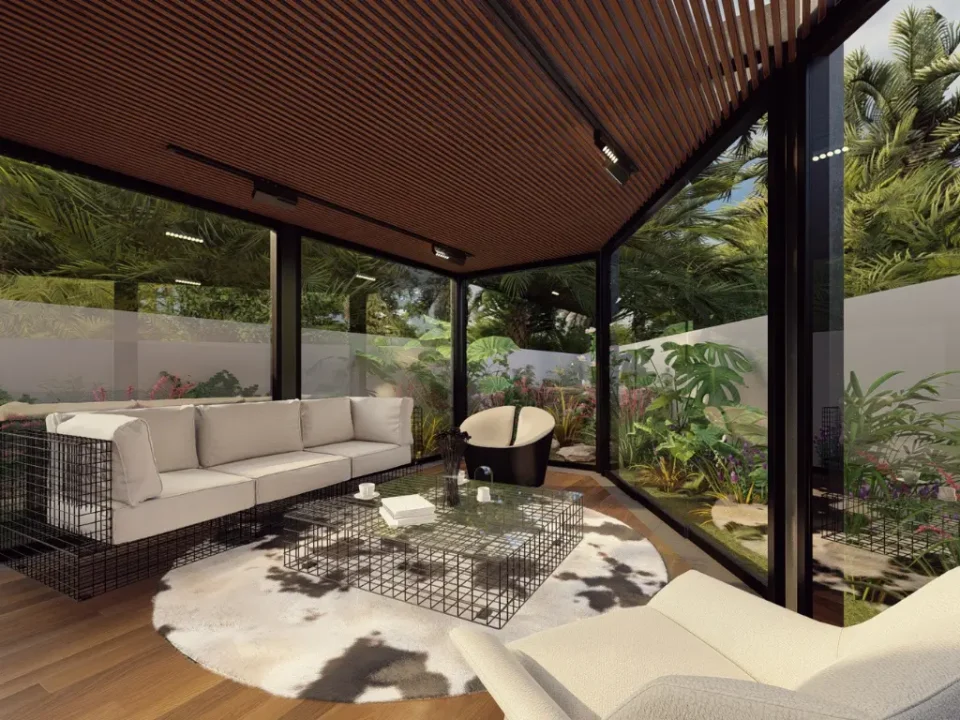
Design and Build vs Traditional Procurement in Modern Construction
July 5, 2024
Maximizing Value with Design and Build Contracts
August 9, 20247 Types of Design and Build Contracts Demystified

Design and Build contracts are fundamental to construction projects, offering a comprehensive framework for project execution. Understanding the various types of Design and Build contracts is essential for stakeholders involved in construction, as each type carries its own set of features, advantages, and considerations. In this exploration, we delve into the nuances of different Design and Build contracts, aiming to demystify their complexities and provide clarity on their applicability in diverse project scenarios.
Traditional Lump Sum Contract
The Traditional Lump Sum Contract represents a commonly used approach in Design and Build projects. Under this contract, the contractor agrees to complete the entire project for a fixed sum agreed upon before the commencement of work.
This contract type provides clarity regarding project costs and timelines, offering clients a predictable budget and reducing the risk of cost overruns. However, it may lack flexibility in accommodating changes during the project lifecycle, which could potentially lead to disputes over the scope of work.
Cost-Plus Contract
Cost-Plus contracts operate on a different premise compared to Lump Sum contracts. In a Cost-Plus arrangement, the client agrees to reimburse the contractor for the actual costs incurred during construction, along with an additional fee or percentage for profit and overhead.
This contract type offers greater transparency as clients have visibility into project costs, making it suitable for projects with evolving requirements or uncertain scopes. However, Cost-Plus contracts may pose challenges in cost control and incentivizing efficiency due to the absence of a fixed price.
Guaranteed Maximum Price (GMP) Contract
The Guaranteed Maximum Price (GMP) Contract combines elements of Lump Sum and Cost-Plus contracts, providing a compromise between fixed pricing and cost transparency. Under a GMP contract, the contractor agrees to complete the project within a specified budget ceiling, offering clients cost certainty while retaining flexibility for unforeseen circumstances.
GMP contracts mitigate the risk of cost overruns for clients while incentivizing contractors to manage costs efficiently. However, setting an accurate GMP requires thorough cost estimation and risk assessment, and disputes may arise over scope changes and project contingencies.
Unit Price Contract

Unit Price contracts involve pricing construction activities based on predetermined unit rates for specific quantities of work. This contract type offers flexibility in pricing variations and adjustments, making it suitable for projects with variable scopes or uncertain quantities.
Unit Price contracts facilitate accurate budgeting and cost control, as clients pay only for the actual work performed. However, variations in unit prices and quantities may lead to disputes over invoicing and valuation, necessitating clear documentation and communication.
Design-Bid-Build (DBB) Contract
The Design-Bid-Build (DBB) Contract represents a traditional procurement method where the standard design and construction phases are separate. In a DBB arrangement, the client engages an architect or design consultant to develop the project’s design before inviting bids from contractors for construction.
While DBB contracts offer clarity in design development and competitive pricing through the bidding process, they may lack the integration and collaboration inherent in Design and Build contracts, potentially leading to coordination issues and delays.
Design-Build-Operate (DBO) Contract
Design-Build-Operate (DBO) contracts extend beyond traditional Design and Build arrangements, incorporating operational responsibilities into the contract scope. Under a DBO contract, the contractor not only designs and constructs the project but also assumes responsibility for its operation and maintenance over a specified period.
DBO contracts are common in infrastructure and public-private partnership (PPP) projects, offering clients a comprehensive solution from project inception to operation. However, DBO contracts involve complex contractual arrangements and long-term commitments, requiring careful risk assessment and negotiation.
Hybrid Contracts
Hybrid contracts combine elements of different contract types to tailor solutions to specific project requirements. These contracts leverage the strengths of various procurement methods while mitigating their respective weaknesses, offering flexibility and customization.
Hybrid contracts may involve blending Lump Sum and Cost-Plus elements or incorporating innovative contractual arrangements to address project complexities. While hybrid contracting models offer versatility, they require thorough planning and negotiation to ensure alignment with project objectives and stakeholder interests.
Regulatory Considerations and Legal Framework
Navigating the regulatory landscape and legal framework is crucial in selecting and executing Design and Build contracts. Regulatory requirements vary depending on project location, scope, and nature, impacting contract formulation, documentation, and compliance. Legal considerations encompass contract terms, dispute resolution mechanisms, liability allocation, and intellectual property rights protection. Engaging legal experts and regulatory advisors early in the project lifecycle is essential to mitigate legal risks and ensure contractual compliance.
Which Contract is Suitable for Residential Owners?
For residential owners embarking on construction projects, selecting the most suitable Design and Build contract is crucial for achieving their vision while managing costs and risks effectively. Among the various contract types discussed, the Traditional Lump Sum Contract often emerges as a favorable option for residential owners due to its clarity in budgeting and fixed pricing structure. This contract type provides residential owners with predictability in project costs and timelines, offering peace of mind throughout the construction process.
However, for projects with evolving requirements or a need for greater flexibility, the Guaranteed Maximum Price (GMP) Contract may offer a balance between fixed pricing and cost transparency. Ultimately, residential owners should carefully evaluate their project goals, preferences, and risk tolerance to determine the most appropriate Design and Build contract that aligns with their needs and objectives. By engaging with experienced professionals and legal advisors, residential owners can navigate the complexities of contract selection and ensure a successful outcome for their construction endeavors.
Choosing the Design That Resonates With Your Lifestyle and Aesthetic Preferences
In summary, the design of your home should not only be aesthetically pleasing; it must also be functional and practical. Consider your daily lifestyle requirements, the size of your family, and any plans when it comes to landed property design selections. Take your time to visit various landed housing estates, and property showrooms and consult with a professional landed design and build company that can help you navigate through this.
Sevens Build is a leading design and build company in Singapore committed to designing luxurious interiors that suit your lifestyle and budget. As a trusted one-stop renovation firm in Singapore, our years of experience and dedication to the craft allow us to deliver the best renovation and construction services for residential and commercial projects in Singapore.
We hope you enjoyed reading this week’s article! For more posts about design and build, landed property renovation works, interior design, and housing construction, check out our blog!
Looking to make your dream home come true? Contact us today for a free consultation!



